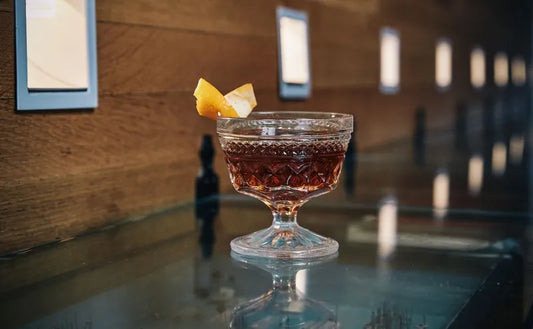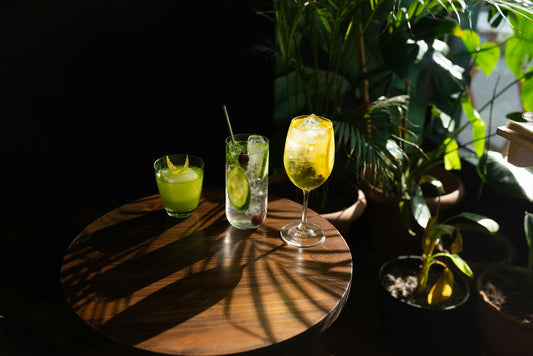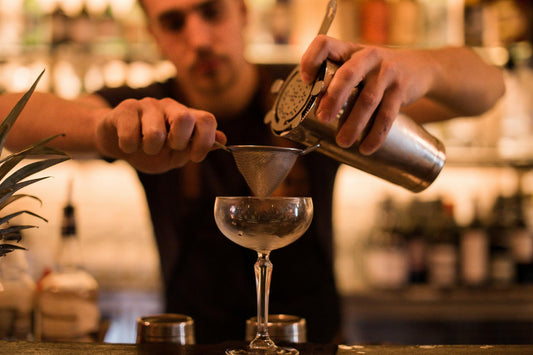Sweet Grape Caipirinha: A Refreshing Twist on a Classic Cocktail
SWEET to SOUR
(1-10)
STRENGTH
(1-10)
CALORIES
STANDARD
DRINKS
Note: these values are approximate and may vary dependent on the ingredients and brands you use.
More information...
The Sweet Grape Caipirinha, also known as Caipirinha D'uva, is a delightful twist on the classic Brazilian cocktail, the Caipirinha. This refreshing drink combines the traditional elements of the Caipirinha with the sweetness of fresh grapes and the luxurious touch of Sauternes dessert wine, creating a unique flavor profile that is both vibrant and indulgent.
At its core, the Sweet Grape Caipirinha is built upon the foundational ingredients of lime, sugar, and cachaça, which is Brazil's national spirit made from fermented sugarcane juice. The addition of fresh red grapes not only enhances the sweetness but also adds a beautiful color and texture to the drink. The use of Sauternes, a sweet French dessert wine, elevates the cocktail, introducing complex notes of honey and apricot that harmonize beautifully with the tartness of the lime and the earthy undertones of the cachaça.
To prepare this cocktail, one begins by muddling half a fresh lime with three bar spoons of caster sugar in a glass. This step is crucial as it releases the essential oils from the lime peel and dissolves the sugar, creating a sweet and tangy base. Next, six fresh seedless red grapes are added and gently crushed, allowing their juices to mingle with the lime and sugar mixture. The addition of 22.5 ml of Sauternes and 60 ml of chilled cachaça follows, which brings the drink to life with its rich flavors. After stirring the mixture well to combine all the ingredients, the glass is filled with ice, and a final stir ensures that the drink is perfectly chilled. A garnish of a lime wedge or a grape adds a finishing touch, making it visually appealing.
With an alcohol content of 2.5 standard drinks and approximately 250 calories, the Sweet Grape Caipirinha is a moderate indulgence that can be enjoyed on a warm day or at a festive gathering. Its taste profile leans towards the sweet side, making it an excellent choice for those who prefer cocktails that are not overly bitter or sour. The sweetness from the grapes and the Sauternes balances the acidity of the lime, creating a well-rounded drink that is both refreshing and satisfying.
What makes the Sweet Grape Caipirinha particularly interesting is its versatility. While it pays homage to the traditional Caipirinha, it also invites creativity. Bartenders and home mixologists can experiment with different types of grapes or even other fruits, such as strawberries or peaches, to create their own variations. This adaptability makes it a fun cocktail to serve at parties, where guests can enjoy a classic with a modern twist.
In conclusion, the Sweet Grape Caipirinha is not just a drink; it is an experience that encapsulates the spirit of Brazil while incorporating elements of French winemaking. It is a celebration of flavors that invites you to savor each sip, making it a perfect choice for those looking to explore the world of cocktails beyond the ordinary.



